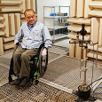Sony's microphone captures every sound up to 50 kHz
About
Setting new standards for the 100 series: Music production standards have been around for a while since these exceeded the CD sampling rate
Giving creators and artists new wide-range microphones that meet production standards(24bit/96kHz). It is the beginning of the 100 series, the first recording microphones since the C37A and C800G were released 60 and 26 years ago.
C-100

A tradeoff is usually found between bandwidth and sensitivity, but both qualities are essential to offer both a wide frequency response of 20 Hz–50 kHz, without attenuation, and the ample sensitivity needed in studio microphones. This quest led to the development of wholly new capsules, and in the side-address C-100, the range is covered by a two-way capsule design.

Environments where 100 series microphones come to life
Unprecedented miking characteristics from a quest for super wide-range mics that come alive in any format
Development of capsule in pursuit of the conflicting goals of unattenuated 20 Hz–50 kHz frequency response and ample sensitivity led to unprecedented characteristics. Transient response is excellent, and feels consistent across the vast range, and both lows and highs are clear and open. Sound also feels more substantial, thanks to the addition of a large, newly developed 25 mm diaphragm in the C-100. Here, we introduce a few of these characteristics that professionals will want to add to their ideal recording setup.
Vocal Recording
One listen, and the realism and clarity of vocal performances will be apparent. Pitch and sibilance are very clear, which eliminates the need to emphasize lyrics in mixing. Also a good match for rap and narration, it is an easy mic to recommend to current C800G users. This is not the type of mic that colors or emphasizes mids. Instead, mids are manageable without being overemphasized, unlike other mics prone to unpleasant midrange overlaps. Characteristics of chained instruments are captured quite well. The mic picks up a large range of harmonics, which promises captivating results from placement at a distance. With more skilled vocalists, it is an easy mic to try advanced techniques with.

Musical instrument Recording
Characteristics of the mic capture a rich array of harmonics that clearly reveal not only performances but even instrument parts and the condition or humidity of materials. Responsive diaphragms prevent harshness and distortion even in vigorous performances. The attack of percussion, the shimmer of metal instruments, guitar fingering, and piano performances can be captured with exceptional realism. Accuracy of lows is also noteworthy. Even if you use a familiar microphone with a suitable sound signature for the instruments, setting the additional 100 series will open up new possibilities.
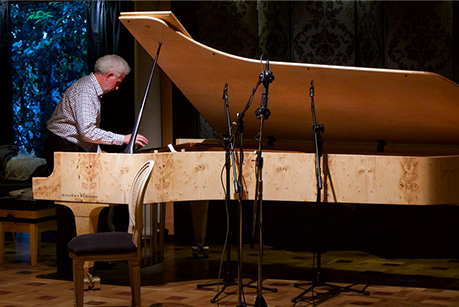
Ambience and Air
From these descriptions, it is also easy to imagine how the mic excels at capturing the air of the recording environment, acoustics of studios or concert halls, and ambience. This will tempt you to explore a variety of miking techniques: accent, room, ambient, and overhead for drums. Since even subtle sounds are picked up well, you may get the impression that the mic is placed closer to the source than usual. This also means that it can capture quite a lot of sound within the range of its directivity.

Audition the 100 series in recording if you seek a bright, honest mic and have these needs.
- More realistic presence and a sense of air
- Faithful highs and mids, with an open, unrestrained sound
- Clear lyrics and pitch
- Capturing sources without undue adjustment of equalization or compression
- Recording folk instruments with unusual harmonics; Foley recording
- Recording at the optimal resolution, with no loss of clarity even in pitch-shifted applications
- Emphasis of chained instrument timbre and effects such as pre amps and plug-ins
- Nuance, speed, and intensity of attacks (a strength of ECM-100U)
- Capturing core instrument sounds along with harmonics and air (a strength of ECM-100N)
- Capturing a sense of vast range, with clear lows in particular, and a feeling of substance (a strength of C-100)
Audition the Sony 100 series for yourself and add them as an essential new element of your recording repertoire.
100 Series Microphone Project Leader
Taro Konno
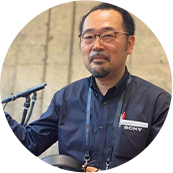
Technology
A quest for lower acoustic impedance, wide frequency response, and ample sensitivity
Diaphragm
The 17 mm capsule incorporates a film diaphragm similar to those found in ribbon mics. In testing, eight combinations of material and sputtering were compared in pursuit of an ideal balance of timbre and substantiality.
Backplate
Repeated testing, including studio evaluation, was conducted to adopt a sophisticated structure for lower impedance without sacrificing efficient conversion of sound to electrical signal, as a combination of range, sensitivity, and audio quality was sought.
Featuring the same construction as C800G to eliminate noise
Construction with various metal materials of different resonant frequencies reduces unwanted vibration.
| Material | Notes | |
|---|---|---|
| 1 | Zinc alloy | High rigidity and large attenuation rate of vibration |
| 2 |
SWRM:Steel Wire Rods Mild (Φ0.6×12MESH) |
Considering effect on high range sound and muffling |
| 3 | Aluminum alloy | Same as C-800G body structure preventing acoustic vibration |
| 4 | PSU | Minimize sound effect from unneccesary reflection wave |
| 5 | C2600+CR Rubber(70°) |
Realize energetic sound having core ensuring vibration prevention. Shock damper with rubber as same as C-800G |
| 6 | CAC403 | Integrate internal chassis considering strength, rigidity and mechanical earth |
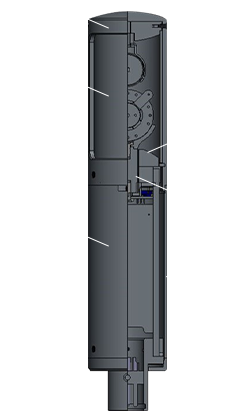
Line up
C-100

The Sony C-100 is a two way condenser microphone, compatible with High-Resolution Audio, and suitable for vocal and critical instrument recording in the studio. Incorporating newly developed double microphone capsules and noise elimination structure, originally employed in the C-800G microphone, the C-100 delivers a broad frequency range of 20 to 50,000 Hz and excellent reproduction of vocal and musical qualities. The condenser element of the C-100 microphone provides a selectable pick-up pattern (Omni/Uni/Bi) for various recording applications.

ECM-100U

The Sony ECM-100U is a Uni-directional electret condenser microphone ideal for instrument recording in studio and compatible with High-Resolution Audio. Equipped with a newly developed microphone capsule, ECM-100U delivers flat and wide frequency response of 20 to 50,000 Hz and picks up the raw sound of the instrument’s original features.
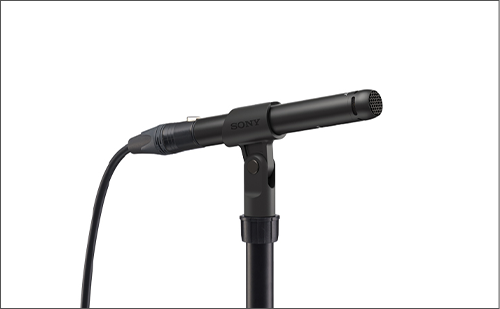
ECM-100N

The Sony ECM-100N is an Omni-directional electret condenser microphone ideal for instrument recording in studio and compatible with High-Resolution Audio. Equipped with a newly developed microphone capsule, the ECM-100U delivers flat and wide frequency response of 20 to 50,000 Hz and picks up the raw sound echoing in space.

Gallery
Introduction to High Res Microphone Recording Techniques
Introduction to High Res Microphone Recording Techniques

High Res Singer/Songwriter Microphone Recording Techniques
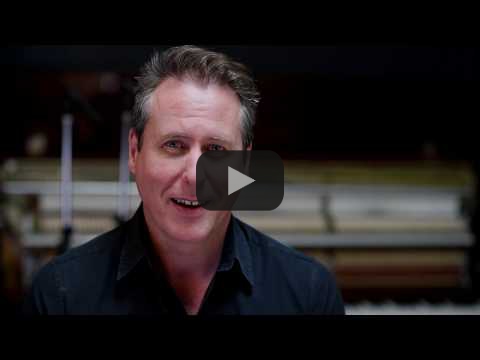
High Res Piano Microphone Recording Techniques

High Res Saxophone Microphone Recording Techniques
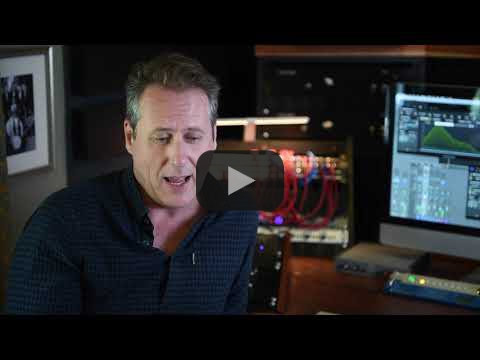
High Res Cello Microphone Recording Techniques

Sony's C-100 Hi-Res Mic Manufacturing Process and Test
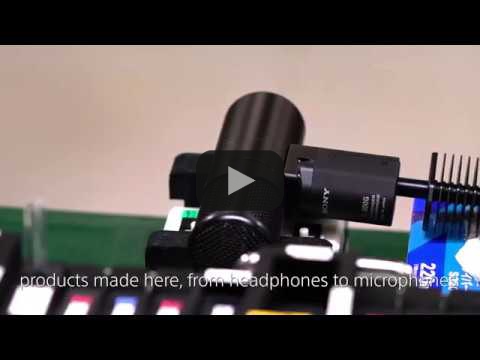
Sony C100 & ECM100 Hi-Res Mics - Todd Whitelock at Power Station/BerkleeNYC

Article
From studio to stage: Mike Platt goes live with C-100 microphone
Leading sound engineer Mike Platt selected Sony’s C-100 dual-capsule capacitor microphone to capture a more natural on-stage drum sound for acclaimed singer/songwriter and 2019 Brit Award winner Tom Walker’s live show.

Interview:Development of High-Resolution Recording Microphones
Sony Taiyo Corporation is a special subsidiary company employing people with disabilities and is Sony's main factory in Japan for manufacturing microphones.We have interviewed key members of the project team responsible for the new microphone from the initial design all the way through production.
